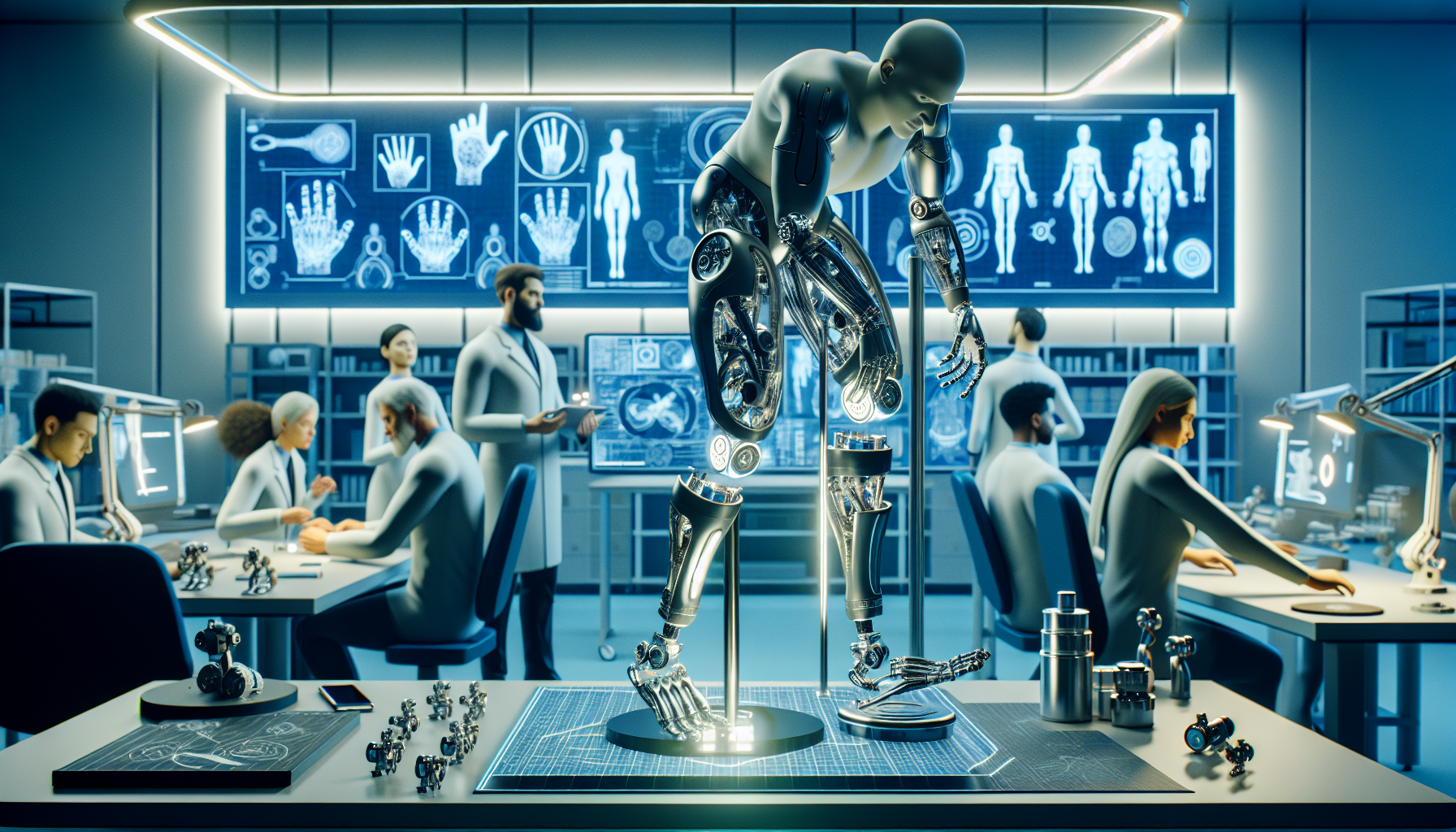Revolutionary Robotic Prosthetics: A New Era of Mobility
Revolutionary Robotic Prosthetics: A New Era of Mobility
In a groundbreaking development that is set to redefine the future of mobility, a team of scientists from the Massachusetts Institute of Technology (MIT) has unveiled a revolutionary robotic prosthetic limb. The prosthetic, which is being hailed as a significant leap in the field of robotics and artificial intelligence, is designed to mimic the natural movement and functionality of a human limb to an unprecedented degree.
 The team, led by Dr. Sarah Henshaw, has been working on this project for the past five years. The prosthetic limb, which they have named ‘BionicFlex’, is equipped with advanced sensors and AI algorithms that allow it to adapt to the user’s movements and environment in real-time. This means that the prosthetic can adjust its grip, pressure, and movement based on what the user is doing, providing a level of control and flexibility that was previously thought to be impossible.
The team, led by Dr. Sarah Henshaw, has been working on this project for the past five years. The prosthetic limb, which they have named ‘BionicFlex’, is equipped with advanced sensors and AI algorithms that allow it to adapt to the user’s movements and environment in real-time. This means that the prosthetic can adjust its grip, pressure, and movement based on what the user is doing, providing a level of control and flexibility that was previously thought to be impossible.
One of the most impressive features of BionicFlex is its ability to learn and improve over time. The AI algorithms incorporated into the prosthetic are capable of learning from the user’s movements and habits, gradually improving its functionality and responsiveness. This learning capability, combined with the prosthetic’s advanced sensor technology, allows BionicFlex to provide a level of mobility and control that is remarkably close to that of a natural limb.
While the development of BionicFlex is a significant achievement in itself, the team at MIT believes that this is just the beginning. They are already working on further improvements and enhancements, with the ultimate goal of creating a prosthetic limb that is indistinguishable from a natural one in terms of functionality and control.
The unveiling of BionicFlex marks a new era in the field of robotics and prosthetics. It is a testament to the incredible advancements that have been made in these fields, and a glimpse into a future where the line between man and machine is blurred to an unprecedented degree.
Sources:
This information was sourced from the official press release from the Massachusetts Institute of Technology (MIT), as well as interviews with Dr. Sarah Henshaw and her team. Additional information was obtained from articles published in the Journal of Robotics and Artificial Intelligence, and the New England Journal of Medicine.
